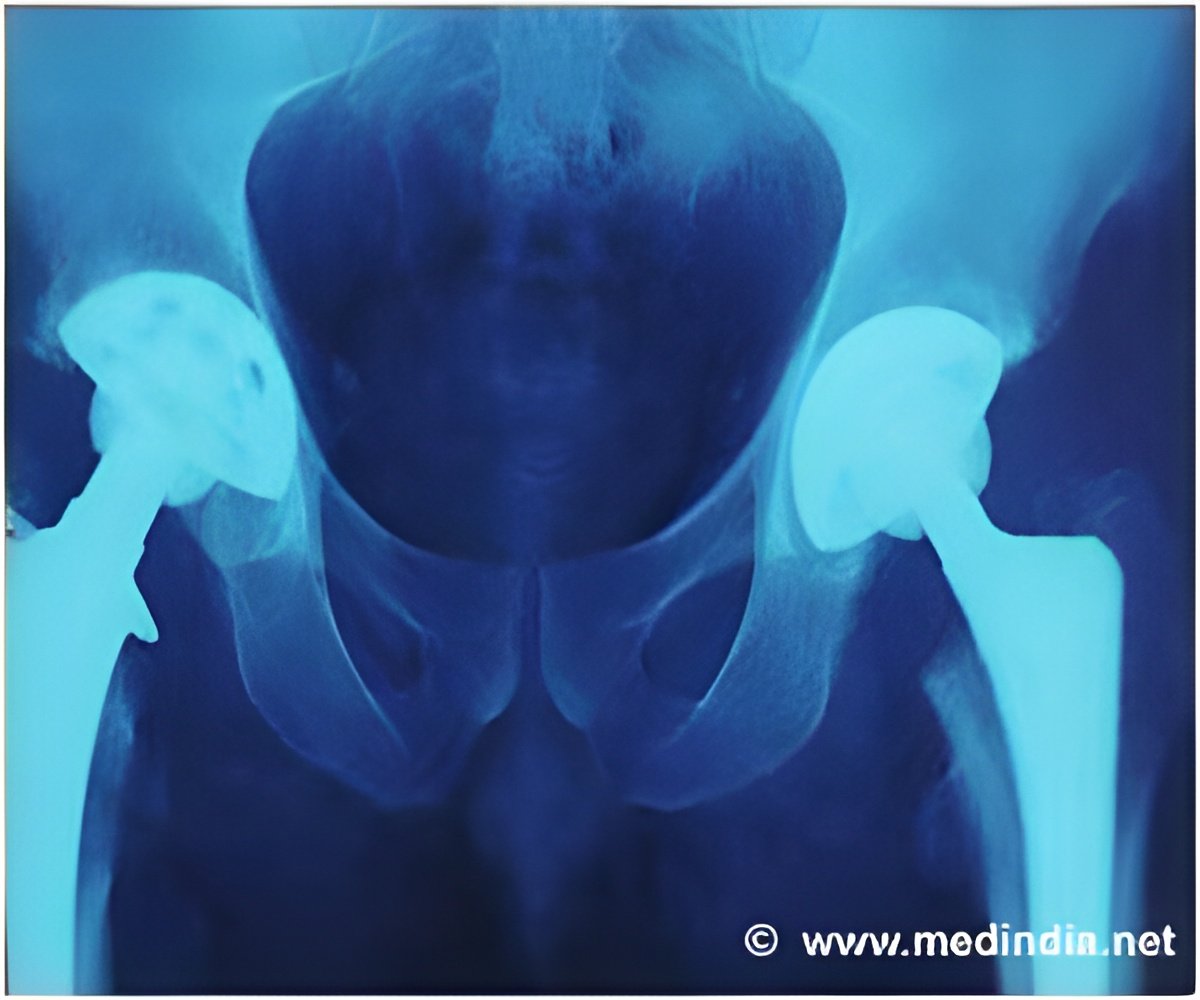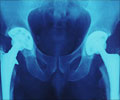
In a study, Dr Catherine Boisvert of the Australian Regenerative Medicine Institute at Monash University, MacQuarie University's Professor Jean Joss and Professor Per Ahlberg of Uppsala University examined the hip structures of some of human's closest fish cousins.
They found the differences between us and them are not as great as they appear - most of the key elements necessary for the transformation to human hips were actually already present in our fish ancestors.
Dr Boisvert and her collaborators compared the hip development - bones and musculature - of the Australian lungfish and the Axolotl, commonly known as the Mexican Walking Fish.
The results showed that, surprisingly, the transition from simple fish hip to complex weight-bearing hip could be done in a few evolutionary steps.
"Many of the muscles thought to be new in tetrapods evolved from muscles already present in lungfish. We also found evidence of a new, more simple path by which skeletal structures would have evolved," Dr Boisvert said.
Advertisement
"The transition from ocean-dwelling to land-dwelling animals was a major event in the evolution of terrestrial animals, including humans, and an altered hip was an essential enabling step. Our research shows that what initially appeared to be a large change in morphology could be done with relatively few developmental steps," Dr Boisvert said.
Advertisement
Source-ANI








